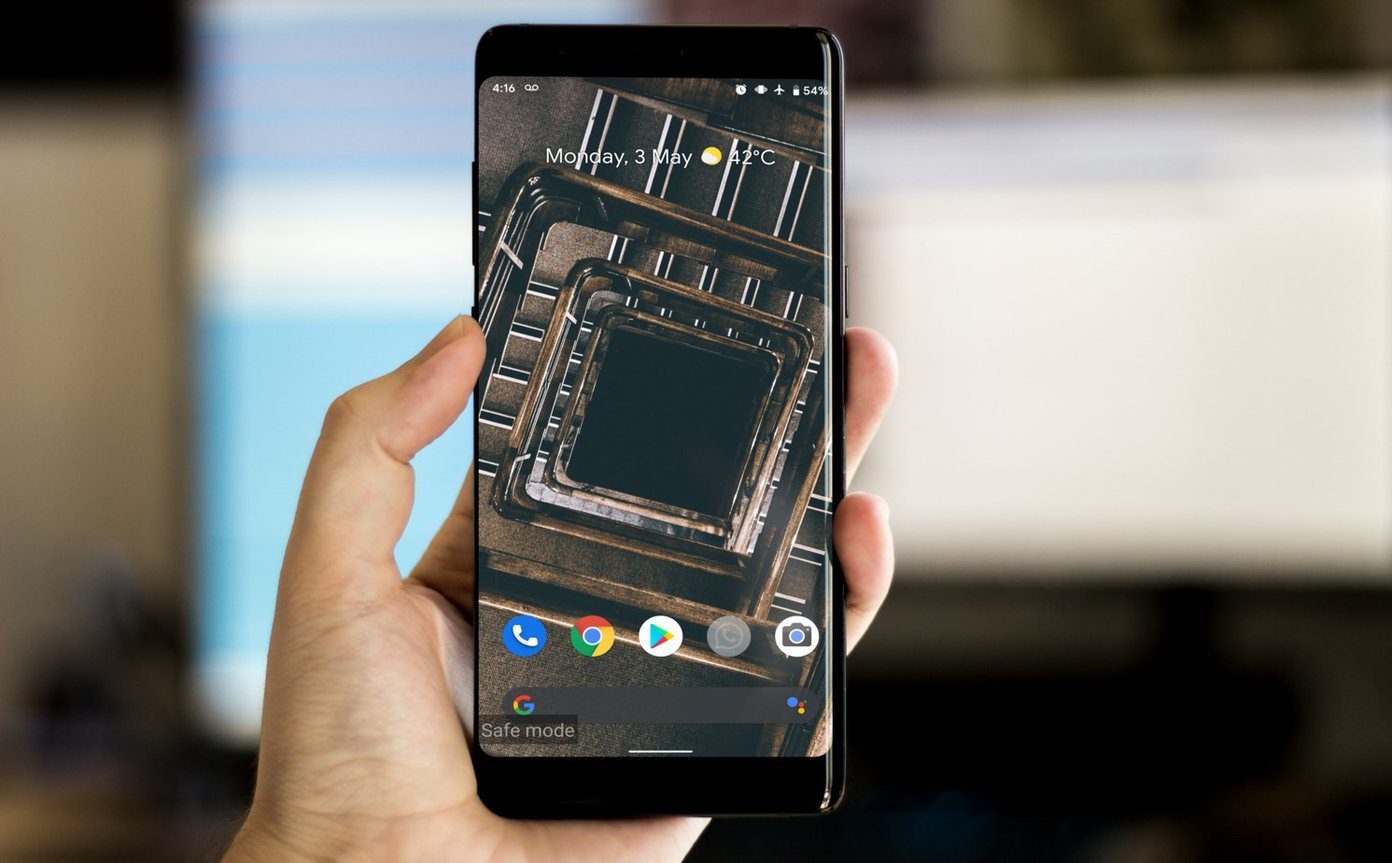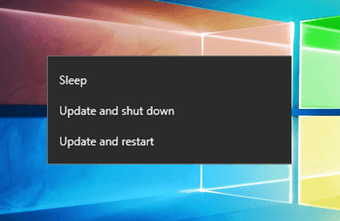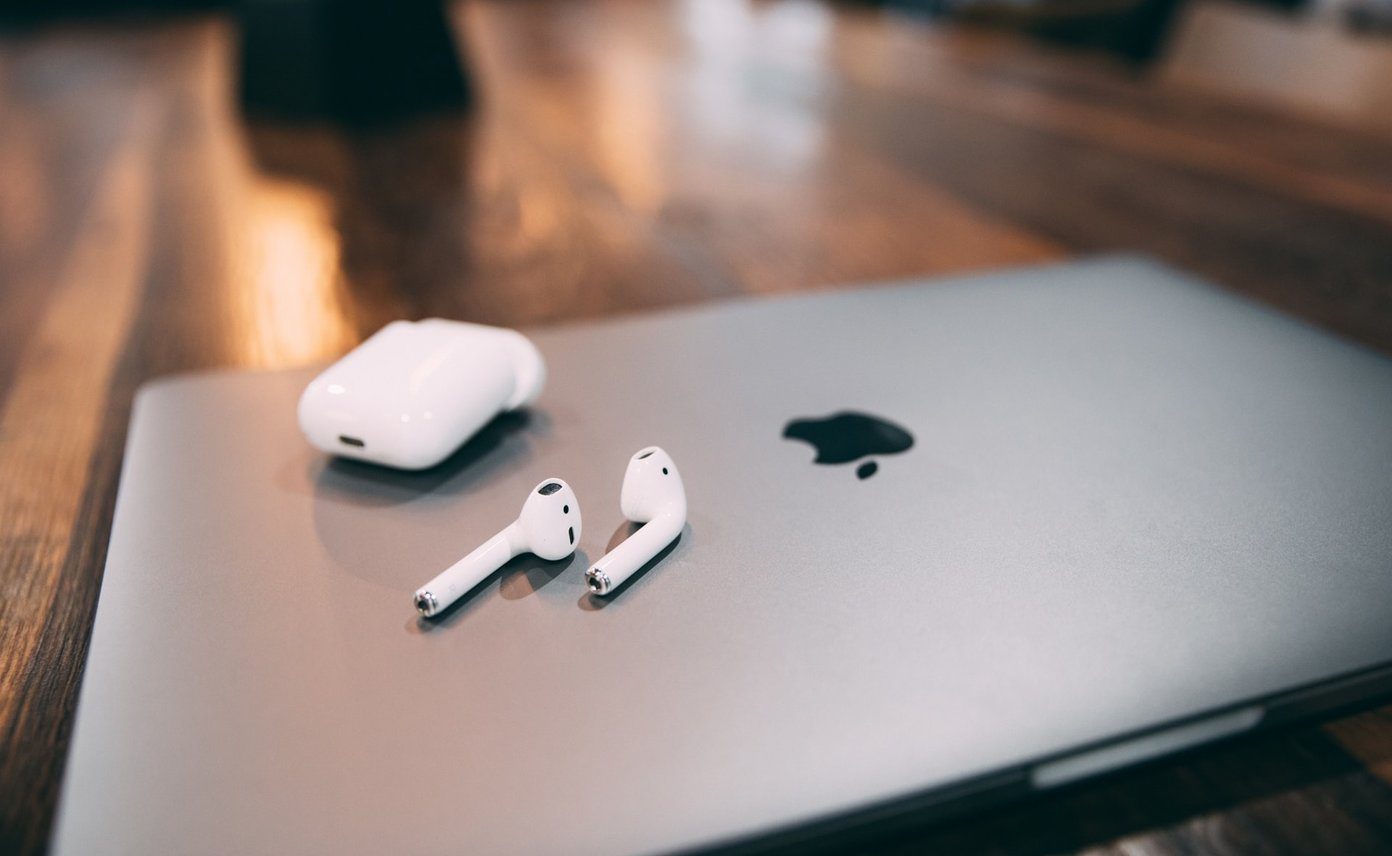Initially, I thought that particular, video didn’t have a sound. However, after playing other videos and audio files, it hit me that the Windows update broke the audio playback on my PC. Fortunately, one of the solutions mentioned below got back sound on my laptop. So if you are also going through the same trauma, try the solutions mentioned below to fix the sound issue in Windows 10 update. Let’s get started.
Restart PC
We know. You have already restarted your PC but that was part of the installation process. You need to restart your PC again to fix various issues. You never know when this tiny solution can come handy.
Update Audio Driver
The installed audio driver often becomes incompatible with the latest Windows 10 update and that’s the reason for sound issues. To fix it, you need to update the audio driver. For that, follow these steps: Step 1: Right-click on the Start Menu icon, and select Device Manager from it. Alternatively, press the Windows and X key on your keyboard to open the quick access menu. Select Device Manager from it. Step 2: In the Device Manager, click on the arrow next to ‘Sound, video and game controllers’ to expand it. Step 3: Right-click on your audio driver and select Update driver. Follow the on-screen instructions to update the driver. Once updated, restart your PC. Hopefully, the audio is restored on your PC.
Roll Back Driver
If updating the sound driver doesn’t work, you should try rolling it back to the previous version. It’s the opposite of updating the driver as sometimes the updated audio driver isn’t compatible with newer versions of Windows. There is a mismatch between the two. To fix it, try rolling back to the previous version that worked. To do so, repeat step 1 and 2 of updating the driver. Then, right-click on the driver and select Properties. Go to the Driver tab and choose Roll Back Driver. Complete the process using the on-screen instructions.
Uninstall Driver
If neither updating the sound driver nor rolling it back did the trick, you should try uninstalling it. To do so, repeat the steps mentioned in the Update Audio driver section. The only difference is you need to select Uninstall device instead of Update driver in step 3. Once the driver is uninstalled, restart your PC. After rebooting, Windows will automatically install the driver. Wait for some time, then go back to Device Manager and look for the driver under Sound, video and game controllers. If installed, the audio will work fine.
Troubleshoot Sound
There are three ways to start the troubleshooting process of audio on a Windows PC. Follow any method to initiate and detect the problem.
Method 1: From Sound Icon
Right-click on the Speaker/Headphone icon in the taskbar of your PC. Select Troubleshoot sound problems. The troubleshooting process will begin.
Method 2: From Settings
If for some reason, the ‘Troubleshoot sound problems’ option isn’t available in the taskbar, you can start it from settings too. For that, follow these steps: Step 1: Open Windows settings from Start Menu or press Windows + I shortcut. Step 2: Click on Update & Security followed by Troubleshoot in the left panel. Step 3: Under Troubleshoot, click on Playing Audio in the right panel. Then hit the Run the troubleshooter button.
Method 3: From Search
Click on the search icon in your taskbar and type troubleshoot. Click on the Troubleshoot settings option. That will directly take you to the troubleshooting window. Click on Playing Audio and hit the Run the troubleshooter button.
Restart Windows Audio Service and Keep It Automatic
Sometimes, the Audio Service stops running after updating your PC. You need to restart the service first and keep its startup type as automatic. Here’s how to do it. Step 1: Launch Services on your PC from Run. For that, press Windows key + R on your keyboard. Type services.msc and hit Ok. Step 2: Under Services, scroll down, and find Windows Audio Service. Check under Startup Type column. Make sure it is set to Automatic. If it’s manual or something else, double click on it. That will take you to its Properties. Choose Automatic from the dropdown box available under Startup type. Then press Ok to save the changes. Step 3: Right-click on Windows Audio. Select Restart from the menu. Step 4: Repeat the steps for Windows Audio Endpoint Builder.
Check Default Speaker
If you have multiple speakers, you need to set the one that you are using as the default one. Sometimes, after updating Windows, this setting changes, resulting in no sound. To fix it, follow these steps: Step 1: Search for Control Panel using the search option in the taskbar. Step 2: In Control Panel, click on Sound. Step 3: Under the Playback tab, make sure your speakers are set as default. A green tick on them indicates that they are the default. If they aren’t, click on it once and select Set Default at the bottom.
Turn up the Volume
Thankfully, updating the sound driver fixed the issue for me. Do note that sometimes the problem is due to a bug in the Windows update itself. So keep checking for new updates. Microsoft is quick to release the bug fixes update. Next up: Don’t like the default Photos app on your Windows 10 PC? Try these five alternatives. The above article may contain affiliate links which help support Guiding Tech. However, it does not affect our editorial integrity. The content remains unbiased and authentic.

























